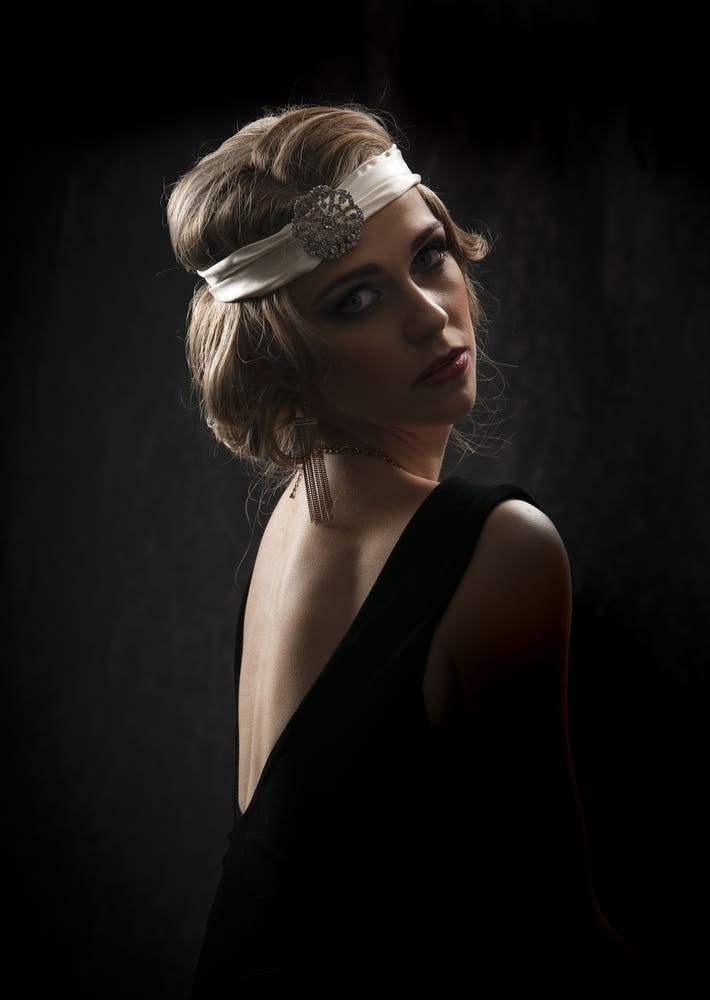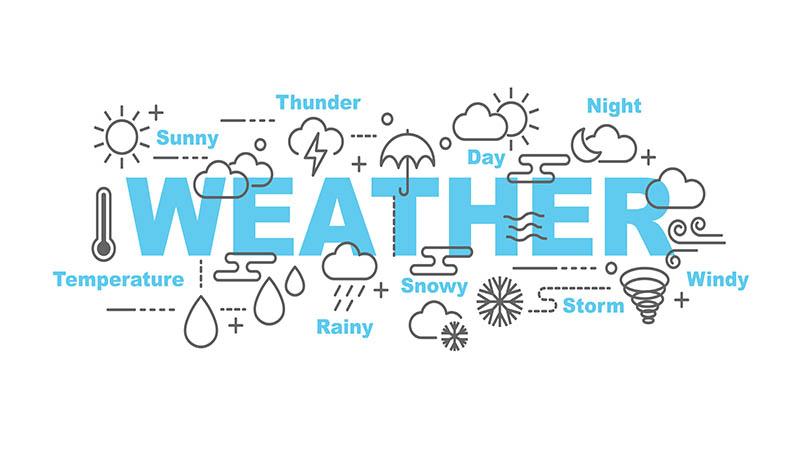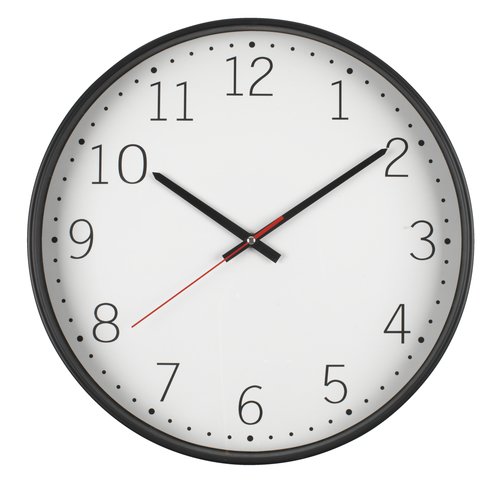psychoanalysis & film
The id is the 'horse'. It is the unevolved instinctive part of our brain, responsible for the urges and desires we try to repress.
The ego is the 'driver' of the chariot and the rational part of our brain. It is able to guide the id, but never has full control - just as the driver is aware that if the 'horse' wants to go in a different direction, he is ultimately powerless to stop it.
The superego is the chariot driver's father, sitting behind him, pointing out his mistakes. It is the part of our brain responsible for criticism and moralising.
Freud believed that "dreams are the royal road to the unconcious" and that they contained important clues into the human psyche (Weiter, 2004:195), much of his initial research methods involved questioning his patients on their dream experiences and using their descriptions as a means of uncovering their 'true' motivations and perceptions on the world.
https://honeyandthehomewrecker.com/2016/01/04/1077/
"Film operates on much the same principle...film speaks directly to the unconscious, the language of dreams is one that is not an abstract form of communication such as narrative, but is one that is filled with images they carry hidden meanings on a latent level. Just so is the language of film organised so that only a part of the film is communicated in a narrative form - sound and images make up the majority of the effect".(Kluge 1999)
ID - Pleasure and avoiding pain
EGO - Pleasure and avoid pain tempered by reality - compromises - demands of ID, SUPEREGO and world
SUPEREGO - Do the right thing, be good, be perfect according to moral code. "Conscience" in Freud's view.
Therefore, the nature that is film can be, to a degree, deconstructed in order to unveil a universal understanding of our thoughts and behaviours that through identification, contributes towards our enjoyment of the film as it acts as a release mechanism of these id induced impulses.
Freudian Analysis
ID - The MOST PRIMITIVE drive, concerned only with fulfilling pleasure. Has sometimes been referred to as the IRRATIONAL AND EMOTIONAL part of the mind. It is often regarded as being SELFISH, because it's CONCERNED ONLY WITH ITS OWN SELF-SATISFACTION. Babies and young children are often used as examples because they're usually driven by the PLEASURE AND INSTANT GRATIFICATION principles. Key word: WANT.
EGO - Based on the REALITY PRINCIPLE. The ego is capable of understanding that one's own desires may vary for people around (reality), and is willing to make this consideration. THE EGO TRIES TO MEET THE BASIC NEEDS OF THE ID BUT ALSO TAKES INTO ACCOUNT THE REAL WORLD. The ego understands that actions have effects, whether positive or negative, and tries to balance out thinking before carrying out decisions/actions. Key word: BALANCE.
SUPEREGO - Based on moral principles instilled by rearing and moral/ethical restraints placed upon by caregivers. The superego encompasses an individual's ideals, goals, and conscience as well as society's. The superego is concerned with what others will think, and stands in opposition to the id. The superego acts to perfect and civilize our behaviour. Key words: MORALS, COMPROMISE.








.jpg)
